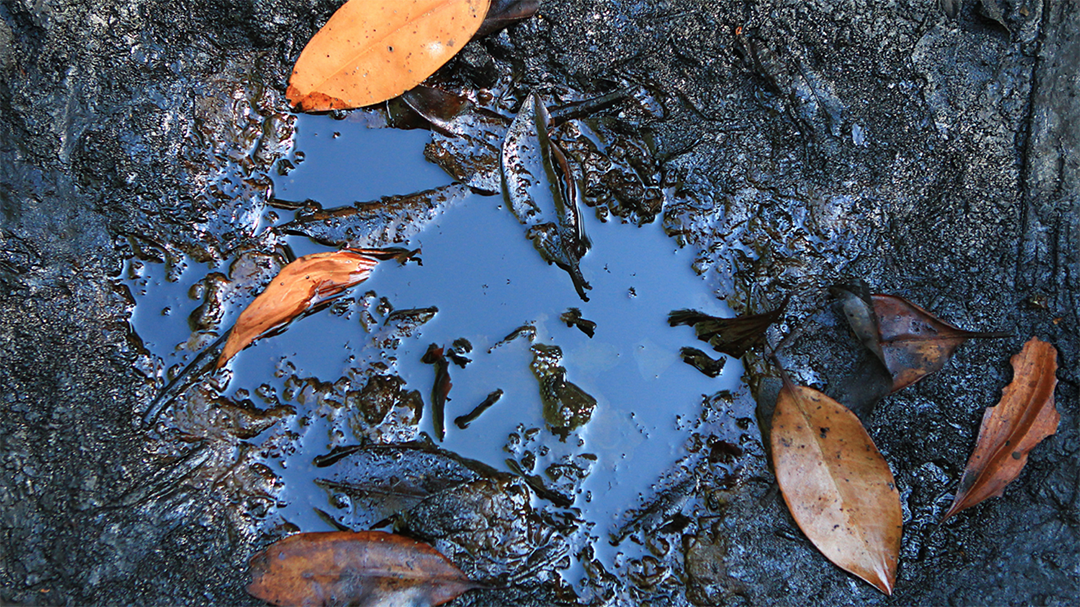How To Clean Up the Damage from Oil Spills on Soil

You should always be prepared for an oil leak or spill if you are responsible for any oil storage. You must know what to do, as not all oil spills are the same. The spill’s size and the type of oil or refined oil product will impact the spill’s severity. For example, gasoline is worse because it is lighter and more toxic than crude oil.
Being prepared will lower your chances of having an incident that could damage your property and cause pollution. If left neglected, oil spills will eventually move through the soil to the closest water source, such as a sewer or a river.
Every organization is responsible for cleaning up its oil spills as quickly as possible and minimizing the environmental impact. To perform this task, you must use spill kits and spill response procedures.
How To Clean Oil Spills on Soil
This blog will strictly focus on managing oil spills on land. There are four basic steps of a spill cleanup:
Control the Spill
Firstly, ensure the area is safe before attempting spill cleanup and stopping the spill’s origin. For example, place the drum upright or stop the pump, turn off all ignition sources, and locate drains. If you can safely stop the flow of oil, do. If there’s room, and you won’t get oil on your skin, put a bucket under the leak and close valves or taps.
Contain the Spill
Use banks of soil, absorbent booms, socks, or any safe objects to encircle and prevent the spill from impacting the environment further. When there are spills on soil, there is little sideways movement after the initial few moments. The spill will soak straight into the ground unless the soil is extremely wet or compacted.
Clean up the Spill
Large pools of liquid can be absorbed with pads, pillows, or particulate. Then these absorbents are recovered for disposal. To absorb any free liquid, the remaining spill should be covered with a layer of an organic absorbent. A rake can help spread the absorbent material if the type of soil allows it. Never wash any spilt oil away into drains, a gully, or the ground. Most drains connect to the nearest watercourse, and oil can cause serious pollution of rivers, streams, and groundwater.
Remediation
Biological remediation of an area impacted by an oil spill is crucial to recovery. Before remediation can start, there needs to be an understanding of the damage the spill has caused; this is done through continued ecological, biological, and chemical studies and analysis.
Once the damage is understood, steps can be taken to accelerate the recovery, particularly those enhancing natural processes. Restoration can include reintroducing species affected by the spill, erosion control, if damage from the spill has sped up erosion, and changing management practices, such as controlling fishing and hunting in impacted areas.
Final words
Global Hazmat offers a detailed product, service, and training process that educates organizations about which specific products are suitable for their facility and assists with implementing an effective spill response plan. In addition, we design our assessments to help you outline a swift, effective system for dealing with compliance and existing or possible environmental concerns.
Call us today or contact us online for more information about our spill management consulting and training services or to schedule a consultation and put our experience and expertise to work for your organization.
